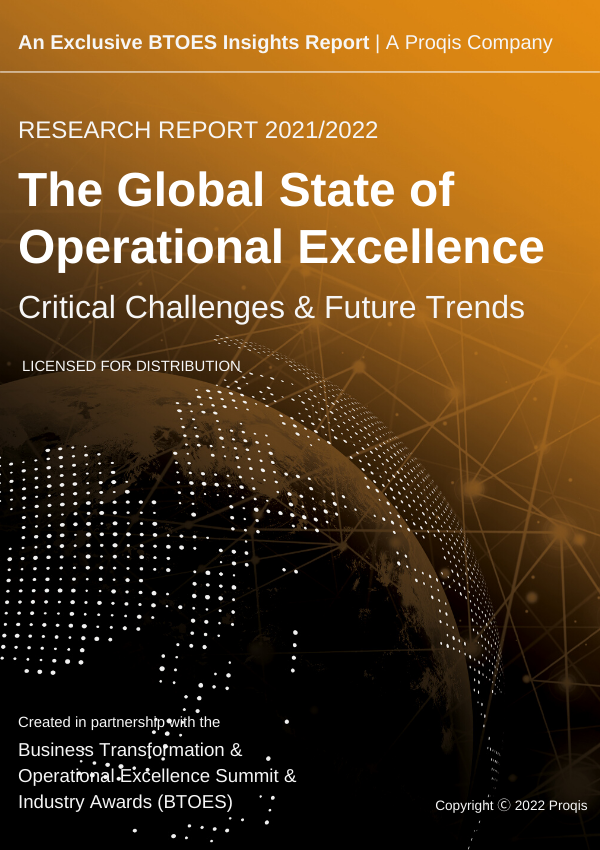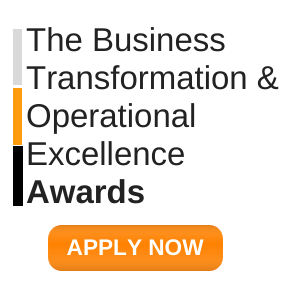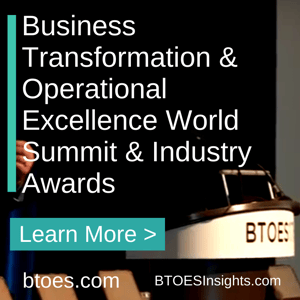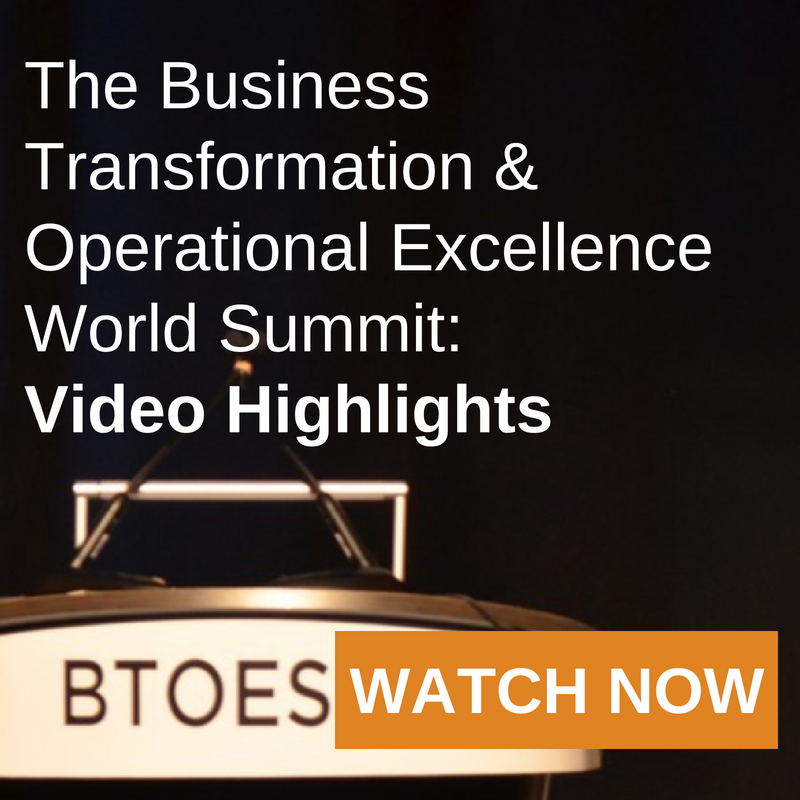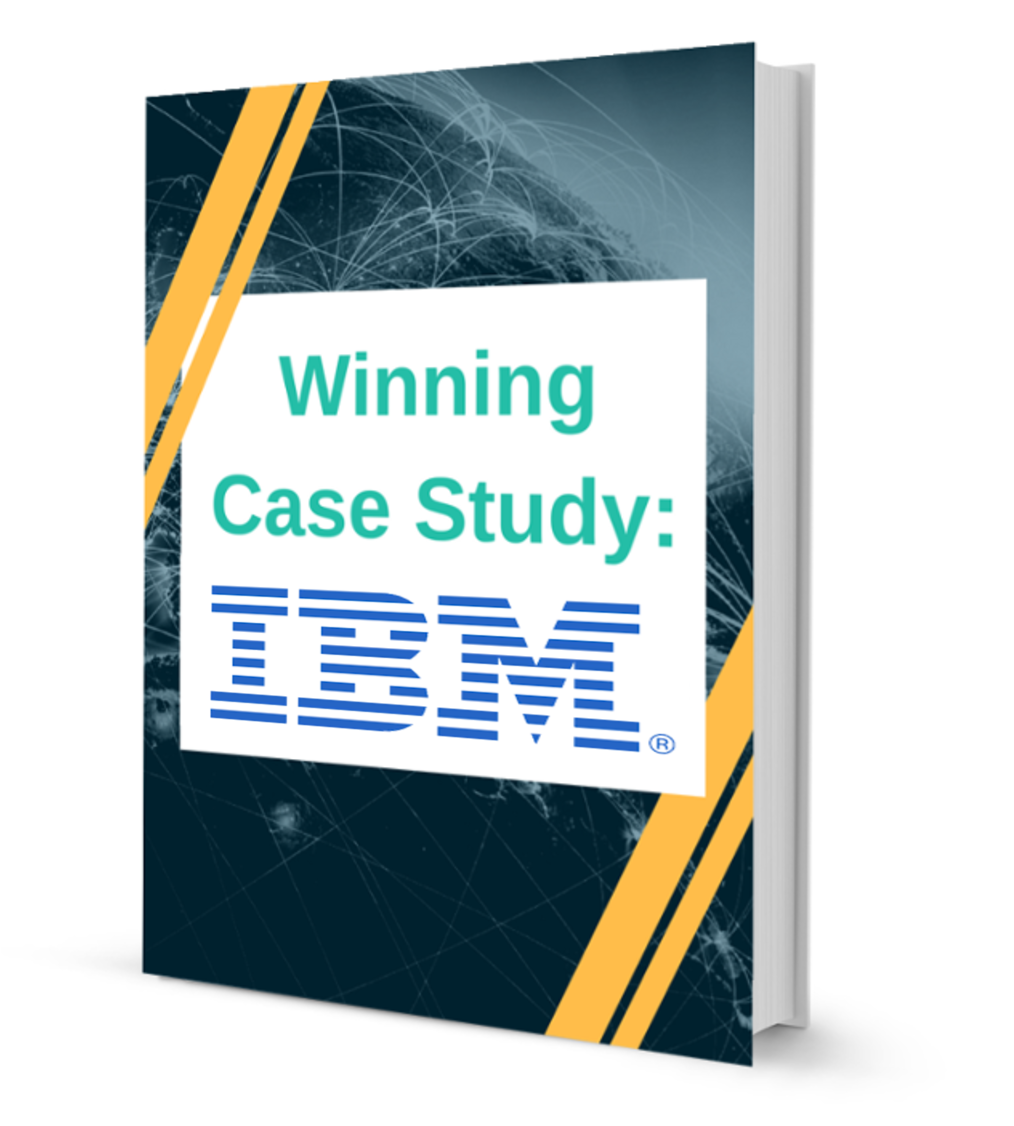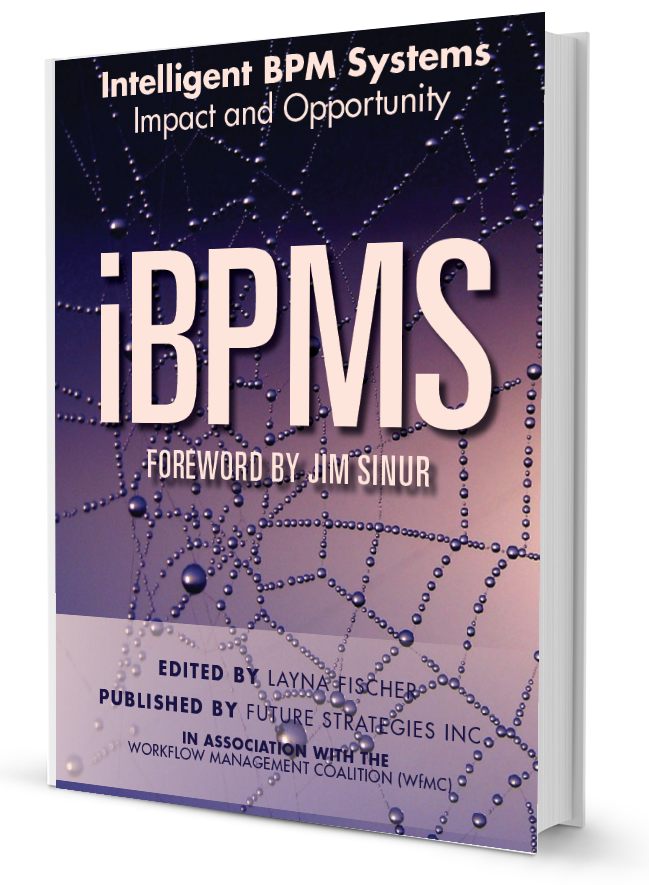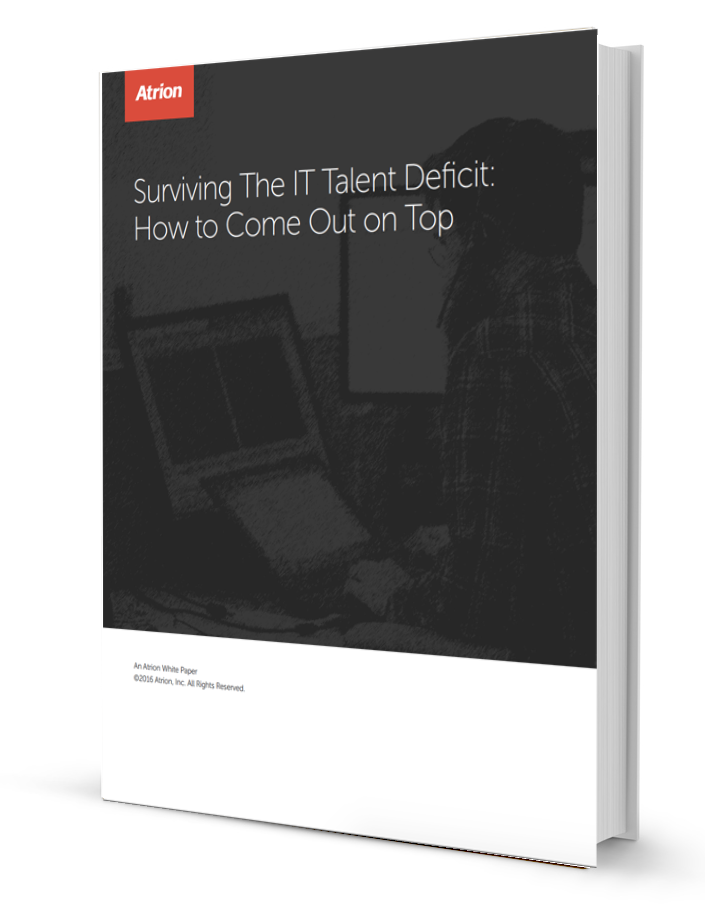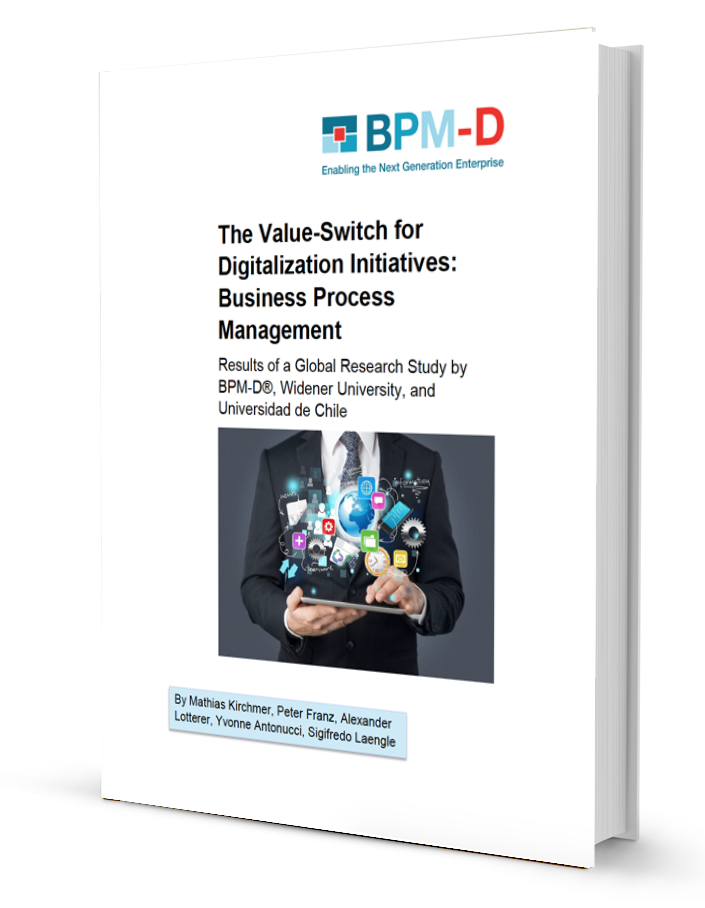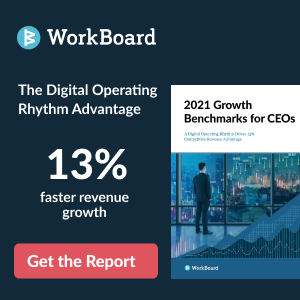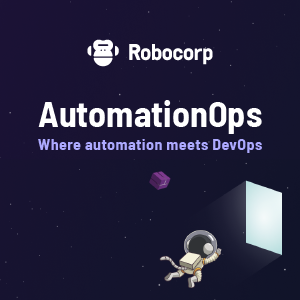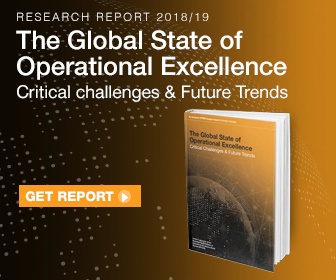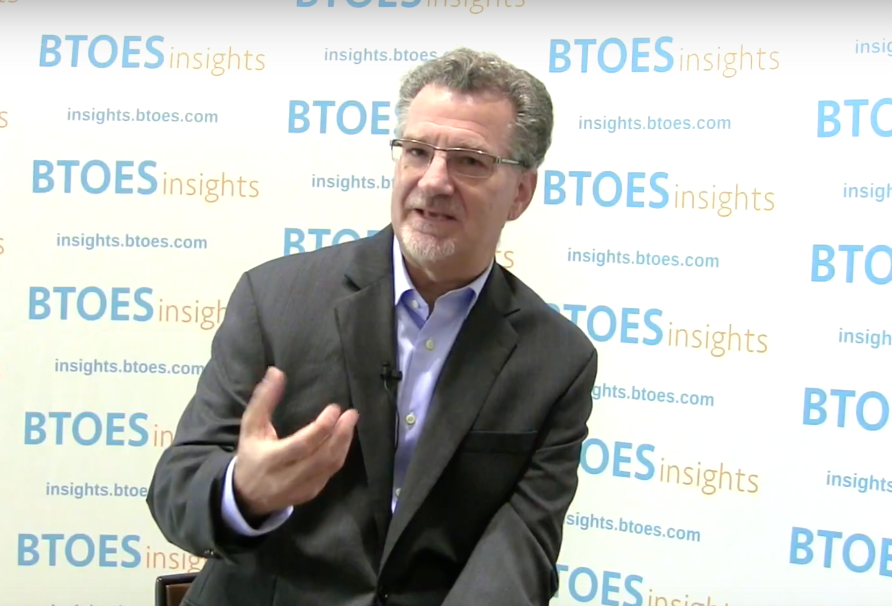Session Information:
Rethinking Just In Time
Since its beginnings, TPS had a beautiful vision of Just-In-Time but had to create workarounds to accommodate the ugly reality that certain factors of production were inflexible. That is where we need a rethink.
The advent of digital marketplaces now allows companies to scale labor, subcontracting, shipping, or warehousing on a daily basis. This has a number of consequences that will inform how businesses can leverage the tremendous opportunities that come with “Full Just-In-Time”.
Session Transcript:
Now, we have Go GA Duvall, who is the Director of the Lean Center of Excellence at Variable.
He has 18 years of more than 18 years of experience as a Lean practitioner and coach.
He's got over 160 guys, hands under his belt and has been involved in multiple Lean transformation. so go to Duvall and I are in the same tribe of accomplishing these projects at 160 is a fantastic number of transformations.
0:26
He's also worked in more than 27. I think it's 27, or maybe slightly more than 27 countries in five continents as a consultant and a teacher, So he brings a broad range of information. And today, he's talking about, it couldn't be more top more topical, which is what do we do to go beyond, just in time?
So, Gotay Duvall, the stage is yours and I will turn off my camera and let you go.
Thank you so much, Chris. And good morning, everybody in the audience.
I'm going to talk about just in time, or rather, I'm going to talk about what comes after just in time.
So, maybe just a quick refresher, what is just in time. It's really the concept of being able to produce exactly what your customer needs exactly in the quantity that your customer needs it and most important exactly at the time that your customer needs it. And, in this presentation, you'll hear me talk about TPS, Toyota Production System. You'll hear when we talk about Lean. So, you know, as far as I'm concerned, these are two words the same thing.
It's just that Lean is kind of a roundabout way to talk about the Toyota production system without having to mention a certain automobile company.
My whole point here is that just in time is really, at the core of Lean, is at the core of TPS. It predates the, you know, the emergence of the Toyota Production System. And it's really, I think, the most beautiful vision behind the lead.
 However, when we look at what Lena's today or even watch TPS is today, we realize that TPS does not fully deliver on this beautiful vision just in time. Why? Because we have just in time currently applied to maturity. If you look at the tools and methods of Lean, it's really about how do we move and process materials just in time. However, materials are just 1 of 3 major production factors. There are materials, there's labor, and there's equipment.
However, when we look at what Lena's today or even watch TPS is today, we realize that TPS does not fully deliver on this beautiful vision just in time. Why? Because we have just in time currently applied to maturity. If you look at the tools and methods of Lean, it's really about how do we move and process materials just in time. However, materials are just 1 of 3 major production factors. There are materials, there's labor, and there's equipment.
Now, on labor and equipment, we do not have just to talk.
That's why I say, We don't really deliver on that vision.
The thing that is changing today is, technology is enabling us to finally overcome those last barriers.
And, my presentation today is going to be about how we move from this partial just in time link system. To a better, full, just in time lean system. I'm gonna be showing you here a picture that probably all of you who have gone through any type of Lean training, recognize immediately, right? That's the GPS house.
It's a very good representation of how Lean operates. The whole idea is, you've got these two pillars that just in time pillar, I've mentioned that one. The other ones you don't get is basically just built-in quality. But, they rest on a foundation.
That foundation is, um, stable processes. Now, there are three fundamental elements in the wind system to enable us to create that stability.
That's Kaizen. Kaizen is simply continuous improvement, driven by the engagement of people who know the process, intimately operators, work in the process. Are the best people to drive, guys, right? Chris probably knows this.
In my case, my best Kaizen Ideas, they didn't come from Engineers or for myself, that came from the operators. Who knew the detail of how things work. So, Kaizen is one of those fundamental Lean elements. The other one is standardized work. It's how you make sure that you produce consistent outcomes that meets your requirements and customers' requirements. And then, we have the third element here on this foundation. A, John was just the Japanese word for production level.
Now, my whole point here, is that that elements should not actually be considered as a core element asleep.
In my perspective, actually, production leveling is kind of anti leap production leveling increases inventories. Lena's more about doing things that enable you to reduce, and so, does it belong?
It belongs in the system today, but it's really not to be mistaken for a lean principle. It is not a lean core principle.
It is just a workaround to making lean work in the current, rigid systems that we operate it.
And that really is, this slide kind of summarizes what I'm going to be talking about today, right? So, it's not a core principle, and it needs to disappear, how do we make it disappear?
I mentioned earlier, and I'm gonna go into this greater detail later, the the technological conditions have changed and will enable us to apply just in time to all factors of production. But, we all know, no technological drivers are not enough to make things change. There is motivation that we have to look at. And this and this slide, I'm just going to cover a few of the challenges that I think are going to drive businesses toward this full attainment of the Lean ideal.
So, on the one hand, you have some ongoing, permanent challenges. Nothing surprising here.
You know, this relentless pressure to reduce costs, The acute competition coming from low cost countries, the difficulty to get skilled labor, and all of this leads really to outcomes that we need to, we need to improve on.
Labor utilization, labor productivity is not what it could be, not just at the level of individual manufacturing and distribution companies, at the level of, kind of, so, if you were to look at the labor productivity trends over the past several decades for advanced economies, that trend is clearly going down.
Then finally, another ongoing challenge is to take full advantage of Lean means to really be able to scale our capacity up or down. And this is where we're really hitting certain limitations that that also limit our top line growth.
So in addition to these ongoing challenges, I believe that businesses are also going to be driven by something grgich challenges, geopolitical, uncertainty, well, I don't think today I need to spend too much time on that one.
Changing workforce demographics.
It's not just the difficulty to find skilled labor. It's not just the aging of the workforce, which, you know, if you're in manufacturing and distribution, these are physical jobs. And so, the aging of the workforce does have an impact.
I think it is really more about the lack of engagement or the loss of engagement of workforce. And I'm talking here, in particular to, about shop floor workforce in these industries.
If we're not able to truly engage the workforce, then we, we basically are left with what we're feeling today and the crisis of turnover rates and ensure for labor workforce. And to address this, to address this challenge means to address really the root cause of why people are disengaged and dissatisfied in the workspace. Then, finally, customer demand.
Now, we talk about the Amazon effects and it just doesn't just impact distributors and retail.
I think the Amazon Effect impacts all of us in manufacturing because our customers no.
They're probably thinking why is it that it's so easy for me and one minutes to find anything I want and buy it and get it delivered to my doorstep the next day? Why can't you guys, my suppliers do something similar.
So, I think that that's increasing demand or that increasing expectations on the customer side is a challenge that we need to address.
Then finally, technology and innovation. It's a challenge.
I think hopefully we can. I'm optimist and I think it is also an opportunity. And I hope I'll make the point today that it's more of an opportunity than challenge.
And Lean, we say, you always put the human at the center of everything.
And this is true, I think, for us to address those challenges.
Um, I go back to the Fundamentals, for me, the fundamental and Lean is just in time, and I believe the solution to all of these issues and challenges is to go back to Justin time and expand just in time.
I think a lot of businesses today, no, because we live in an increasingly complex business environment. one that seems to accelerate.
We have a choice to make. I know this.
This event is called Supply Chain, Planet Live, so I may, I may offend some people on the call.
I don't know, but I think that in a very volatile environment, it is going to become more important for businesses to put their efforts and resources on increasing flexibility rather than on improving the quality of planning. I'm talking here about tactical plan. I'm not talking about strategic planning. That is definitely something we all need to be better at.
 But, I think tactical planning, it's going to lose out to ways to improve the flexibility of the, of the business, and then that really is what Lean is about, right?
But, I think tactical planning, it's going to lose out to ways to improve the flexibility of the, of the business, and then that really is what Lean is about, right?
If I had to summarize Lean in one word, it would be flexibility.
So, on the business side, why do we start with labor? Because that's the easiest next factor of production to move into the just in time model.
So, on the top picture there, on your screen, you see a fixed labor with varying demand. And, this is true, whether you are a Lean business that operates with production modeling, I'll take the example of Toyota.
Toyota production system, what does Toyota do: they: they know that they need to adapt their capacity to manage, but they also know we have certain limitations, so, they say, well, we'll adapt our cooling on a monthly basis.
Therefore, are leveling period, is one month ahead, right?
Toyoda changes there, leveling once a month So they look, they make a forecast.
How many vehicles are we going to sell next month divide that number by the number of workdays next month and you have a level daily schedule and you fit your capacity production for that? Now, just because you've fixed and such your production and your workloads to fixed level, doesn't mean that's the actual demand, doesn't vary. The actual demand like for everybody else, changes every single day.
Automobile manufacturers.
Buffer the difference between their production leveling and the actual varying demand of customers by having a lot of inventory or rather their developers have all of the inventory. So you see here that leveling is always at the cost of inventory.
And even if you're not a business that operates according to a Lean model, you still operate with a certain rigidity in terms of your, in terms of your labor capacity, which means in the low periods of demand, you lose productivity. You have idle workforce, then the high periods of demand lose business, because you're not able to respond to opportunities for distance.
So, obviously, the case for just in time, the ability to match exactly, or production capacity, and, therefore, our production on a day-to-day basis with the variation of demand that is very promising, that's, I think, what is going to motivate people to go beyond the current Lean paradigm.
But, also, I said, we have to look at labor, Right? Because I think that's labor crisis and engagement. The crisis and labor satisfaction needs to be addressed, and it needs to be addressed at the root cause.
For me, the root cause, is to be seen in what motivates us as human beings.
As human beings, we all have certain universal needs.
We all have a need for security.
We'll have a need for predictability because no human, I wouldn't even say no living organism, likes change, We all have a need for autonomy.
I think that's particularly true on the shop floor and we all have a need for it, Growth, whatever.
However, we define, growth and this, I think, leads to a segmentation in the workforce between, on the one hand, those of us who put more value on the security and predictability needs, and those of us who put more value remote weight on the autonomy and growth. I think, as you have the segmentation.
And today's workspace, uh, the key reason why I think we have high turnover and dissatisfaction is that both of these segments or unhappy in the current workspace.
If you look at those who are more security focused, it doesn't matter whether they live in that. They work in a large, multinational companies. Doesn't even matter whether this company has in its mission statement.
Lofty goals of people are our greatest assets. Right.
I've talked many times with people on the shop floor. This trades, people are, our greatest assets, is toxic on shop floor. It's a joke.
And that tells us something very important.
It tells us that truly we are not providing, we're not meeting the needs of that segment of the workforce that is looking for security.
We're not meeting the needs of those who are looking for autonomy and growth either.
If you are a shop floor operator, your degree of autonomy is very, very restricted and it is not just linked to code at 19. I remember talking to people 5, 6 years ago. There were tell me, You know, I haven't had a vacation in a year.
I have to go and work every weekends because we don't have enough people, so there's no tatami. There is also no growth.
It used to be that, you know, working in an industry working factory was a gateway to the middle-class.
This is not true anymore, so there is a real dissatisfaction here.
Now, how would just, in time, labor address those? Well, I think it would address it.
It would rest both, the business challenge and human challenge.
When we really take the consequences of being able to flex our labor up and down on a daily basis to meet demand, what does it mean? it means that we have to structure our workspace differently.
We have to structure a workspace, which corresponds on the bottom diagram to the segment of your workload, that is below the lowest trough of your variable demand.
That's your truly permanent workforce, your permanent employees are there.
And because they're in that protected segments of the workload, of the variation, you can truly guaranteed job security to that part of the workforce. So these are your permanent employees. Everything else. That's your variable force.
That's not it is not a temp agency that provides the kind of flexibility that you need. because we're talking here about flexibility on a day-to-day basis.
So we at variable, what we do is we're a marketplace where digital marketplace, we basically put in contact businesses, on the one hand, to have punctual labor needs with a workforce on the other hand, which, for whatever reason, is not full-time employed, but looks for work, They just look for work on their own terms. They look for work when and where it suits them.
 And we put these two pieces of contact, and that's how we get on-demand labor, with a very high degree of flexibility.
And we put these two pieces of contact, and that's how we get on-demand labor, with a very high degree of flexibility.
Now, that workforce, that on demand workforce, that's going to attract the people who want autonomy and growth, And we need to structure the work, the workspace, too, to make that possible.
How do we do that?
Well, I'm gonna go to that, to that specific question later on, But for now, I want to, you know, having kind of, given you the context.
I want to explain why I think the time for change has come. Why the timing is right.
It has to do with technology has to do with innovation, that has to do with the fact that we now have digital marketplaces that's drastically lower transaction costs.
I'm going to relate this to very influential in our influential article. Written a long time ago 1937.
Ronald Coase wrote a very influential article called The Nature For Coase was trying to answer the following question.
Why is it that companies, um, take the shape and size that they have today? Why is it that companies, for instance, decide to acquire adjacent businesses in their value stream, whether downstream customers, or upstream suppliers rather than transact with these businesses on the open market?
And close said the driver of this, it's an arbitrage decision, really, based on the cost of transaction.
So, you're comparing the cost of acquiring and managing business resources on the markets with the cost of acquiring these resources and managing them within your firm.
Um, I think now, with digital marketplaces, with innovation, that we are starting to see in business, the parameters of that equation have changed, and they have changed.
So, that now, whatever business resource you are looking for, there is an on demand solution out there.
So, if you're looking for labor, variable is a solution that provides on demand labor.
If you're looking for transportation, there are companies like Rho D, or Easer, that basically put in contact owners of transportation assets.
That have idle capacity, what businesses that are looking short term.
For transportation assets, same thing for warehouse or manufacturing, for creating products or for equipment.
And so, I think, the conditions are ripe from a technology perspective, to enable what I call full just in time.
So, full just in time really means.
Being able to scale all of the factors of production to meet variation of actual domain.
And this, no end this, In this condition, there are a number of consequences that I think are going to emerge.
The first consequence is that businesses are going to have to become much more competent at creating and adapting very quickly standardized work. So we're all, no, standardized work is a very valuable tool.
There's a foundation, if you'll remember the TPS house they show it's a foundation. It's a key Lean principle.
But, as you have a variable on demand workforce that comes to work for you, that becomes even more important.
Not just to get them up to speed very quickly, But because standardized work is driving your ability to do Kaizen ...
improvement, second consequence, these two segments that I mentioned, the permanent employee segment, and the nomadic worker, the on demand worker segment. They're going to become more specialized.
They need to be specialized, and we need to specialize the way we work with them, to meet the needs. And, again, it goes again, to why people were not engaged. Why people are not satisfied at work because we're not meeting their needs.
We need to understand what they need and we need to provide that. And I believe that.
The, especially on the on demand side, there are plenty of opportunities to meet those needs.
So, I mentioned earlier that I believe that production, leveling is a false friends. It doesn't belong, really clean.
It is a know, I just, kind of unquestioned unquestioned element. But we need to question. That's when we question it. And we realize it doesn't work. But I do want to really explain clearly some terminology here.
So what I refer to production leveling, I'm referring to the fact that our capacity is being basically fixed. So we fix it for a leveling period, which might be a month.
It might be two month, it might be two weeks. But we're basically setting 11 period. And within that period, we're setting capacity and production to a fixed level.
So that is one aspect.
I don't want people to misunderstand under production leveling under ..., there are plenty of very, very important that value tools. And those tools, should, by no means be eliminated.
What am I referring to? I'm referring to change over reduction through ..., I'm talking about milk rounds. I'm talking about using smaller container size, but we replaced frequently, I'm talking by jukeboxes. That's what I call smoothing.
.png?width=742&name=Screenshot%20(4).png) Smoothing is really within, you know, within whatever production scheduling path.
Smoothing is really within, you know, within whatever production scheduling path.
Smoothing is about reducing the batch size and moving towards batch size one, so that you produce every single different type as often as you can.
So by all means, do keep and keep, investing it, smooth it.
What needs to go out is lovely.
Next consequence, workers who operate an on demand, or variable model are motivated by growth in economy and will be provided growth and autonomy. So they are provided autonomy because they get to choose where they want to work. When they watched work, they also get to choose whether to pay for, that work, matches their skill.
And the beauty of the whole platform, the whole, the whole marketplace concept, is that you get an immediate feedback.
You get an immediate match of what you can prove to your customer, with how you get traded by the customer, which influences how easily you get picked up when you bid on an op. Also influences what, what you can ask for. Because it is, a market, is truly a market relationship.
If I satisfy my customer, I will grow my business, and I also grow my earnings, I think if you take this concept, as far as it will go, and you combine that concept with the Wayne Concept, which is really based on Kai's, she's really based on how do we, um, how do we continuously improve the process?
I mentioned earlier, real Kaizen is driven by operators, The people who truly know intimately how a process really works. They are the ones that are key to improving the process. And I believe that on demand workers are going to have a special role to play Kaizen.
So, there are no, there are not permanent employees.
I kind of see them and all that.
And maybe not all of them, but portion of them, I see evolving into what I call mini console. Yeah, I started my career as a management consultant.
I can tell you, my very first project did I know anything? No, I didn't know anything. So what, I have very good consultant, probably not, I only became a better consultant to the extent that I got greater exposure to different industries, to different companies, to different environments. And then I was able to kind of pick from my previous experience something that would help me solve the current problems at project where I was working at that time.
I think this exposure to a variety of industries of businesses it's going to be key, and it's so important I think it is one of the key differentiators for operators who want to get involved in Kaiser?
They will greatly benefit from that exposure and they will become, as I said, many consultants, not all of them, but that is my no, that's my hope I mentioned earlier.
I think there's a social problem for non college educated shop full workers because their pathway to growth is blocked.
There's no there's not much hope, and I think there is hope.
In fact, I think Lean provides them hope to grow, because I know all of my experience with people in the shop floor. These are amazing people. There, there's nothing that stops them, and they have great, great knowledge.
They have great ideas, and it'd be a shame to waste that potential.
two more consequences.
Businesses, I think, are going to see a shift in the balance of power.
I think that businesses that really engage in this full, just in time operation, which really means businesses that privilege, flexibility over planning, will, in those businesses.
I think the power will start to shift towards operations, because operations about flexibility and flexibilities of operations, and I think the business functions, which are more aimed at planning, are going to either have two doubts or really undergo. So, some, some bad, some bad consequences.
I think, in particular, there are two areas that really need to, that really need to adapt in a full, just in time environment.
one is HR, HR today, I mean, if you talk to your HR representatives, you're talking to a person who has a really bad life, very, very stressful right now to deal with the consequences of churn. And turnover.
And so much of HR resources today are being sucked into talent acquisition, and onboarding and off boarding to the detriment of more value added activities. I think that will change necessarily.
I think also on the finance side, the whole PNA, the whole budgeting function, needs to change to the extent that we're now enabling businesses to become much more flexible.
Does it really make sense to be constrained by a rigid budget to such an extent that today?
I think a lot of operations manager, we've kind of learned that unless it's a really big opportunity. No, unplanned or unexpected opportunity today, if they're too small.
Basically gets put under the rug simply because nobody is feeling that it's justifiable to re budget re plan to accommodate a so-called small opportunity. But I think small opportunities add up to really pay once. And this leads me to that to another. Another thing that might change. so I don't know about you, I know, in the past several years, I've been hearing more, and more, about 80, 20.
It seems to be something that is, is really, has wins and its sale.
But I think that is another thing that might change in a full, just in time environments, doesn't really make sense in such an environment to kind of say, well, we have our 20% of good customers, and then we have the customers that we don't really like too much, We don't think. They contribute a lot.
I don't think that's the right way to think about it.
I think it is very mechanistic in my in my sense. I'm not saying it doesn't work but maybe it works once. But I think in a really flexible work environment, we need to rethink that as well. Because there is no small opportunity every opportunity as good, as long as it's profit.
 And then the last thing, I think that changes when we start to expand this concept to production equipment.
And then the last thing, I think that changes when we start to expand this concept to production equipment.
I used to, I used to hate seeing any kind of KPI that dealt with machine utilization. Because I thought it drove the bad behaviors. But I am rethinking this now. I think that if we are in a full just in time environment, not only is it necessary to track equipment utilization.
I think it's actually a justifiable goal to aim for 100% equipment utilization to monetize all of the idle equipment.
And therefore, we should also change our metrics.
So there are three things that, that I want to end up with.
Possible constraints are possible challenges that remain.
So, the first one, you know, I mentioned, on demand, assets, on demand machines.
The fact is, this is still, I think, in the future, I think.
I think we're seeing the start of this. I think it is very promising, But it's not there yet today.
But I think the solution does exist. It's existing today. The solution is there today.
And the solution is an intensification of the marketplaces that connect businesses a linkage to on demand labor, because you are basically using somebody else's machine and somebody else's facility, and you need to also have a way to guarantee to trust the asset. So how do I: How do I know that this machine is reliable?
How do I know that it fits exactly my process requirements? How do I know, once I run the job, that, how can I monitor the progress?
And so, industrial IOT here, I think, is, is going to be a necessary element to the solution.
Another question that comes up is, if everybody matches their capacity up and down to meet the demand that also goes up or down, is this not going to introduce excess volatility in the supply chain?
I think, to a certain extent, you may count on these variations to cancel each other out.
although I'm not, I'm not sure. It will truly cancel each other out, because I don't believe that businesses operate as true, independent elements in the system.
But, in any event, my answer is that I think we have seen this Before. We've seen this before, or to be more precise, Toyota has seen this before. So, when Toyota first started, we're just in time.
They this is exactly the challenge that they that they encountered was that their supply chain had to also adopt adjust in time to work with Toyota. That's exactly what they did.
So there's a kind of a recursive solution here that we need to put in place. But again, at scale here, I believe it's going to take three things.
It's going to take greater localization because localization, here's a driver of flexibility. I think it will, even more than today, drive the adoption of Lean, again for flexibility, because the answer to this Volatility question is flexibility. And again, extension.
Refinement of marketplaces, and then the last, the last challenge, or the last constraint, because I think the hearts, really, to be honest, and it's about the mindset.
So, you know, this, this move to being full, just in time, does require a certain mindset.
Just like a, move to a Lean enterprise requires a certain mindset, and it requires this mindset at every level of the organization, requires it: production supervisor, warehouse supervisor, It requires a level of Area manager. It requires it, obviously it's the executive, this is more than just knowledge.
It is truly being able to fit my espoused value with my actual behavior, therefore coaching and for me, you know, Lean coaching is always happens on the gamma, because gamma is where, the coachee can really get the, the immediate cognitive dissonance between what they know they should be doing, and what they're actually doing.
The role of the coach is simply to say, Hold a mirror to that center, and drive the change in pain.
So, in summary, and this is my last, this is my last slide, you know, in summary, what is the supply chain going to look like in the future?
Uh, our strong belief at variable is that flexibility is going to become ever more important.
The supply chain is going to be more about speed and agility.
This is going to be achieved through four key concepts. So, the first concept is localization. And when we think about these B2B marketplaces, they are local marketplaces.
 So, localization is going to become even more important. The second concept is mass customization.
So, localization is going to become even more important. The second concept is mass customization.
And I mentioned earlier, you know, customers, industrial customers require ever greater customization of the product, because they just don't wants to pay for features they don't need.
They are subjected to cost pressures, just like we want, so mass customization, being able to continually reduce costs while producing ever greater variety of goods, and to do so, then number three, an asset light manner.
So, the whole idea here is we do not need to own a business resource in order to profit from that business resource.
And the whole idea of scalability of being able to jump on unexpected opportunities, it's going to be based on this asset like concept. And then the last concept.
Real-time chili oh.
It is of course, about Lean. But I think it is increasingly about digitalization.
So that concludes my presentation for today.
Back to you.
Fantastic gaultier, if you can take your presentation off of showing the screen, it'll just show the two of us up there.
So, this is a fascinating subject for me, and I want to, I don't want to be selfish and dominate this. But, while you were talking, I stuck my head out the door. And I said, Chiro, that's my wife's name.
I said to her, What's the Japanese word for the part-time worker versus the full-time worker, Right, Because I know that's a huge issue. But you just introduce, oh, and, by the way, hokkien is the part-time worker. And in case anyone wants to absorb this, say she is the full-time worker and haakon's part-time worker.
And there is, what I wanted to ask you about is I, if I understand what your company does, which is incredibly important, you're, it sounds like you're sort of standardizing a way to reach out to people, that the Japanese have developed over 200 years of just historical behavior. It's a cultural behavior. You know you're a full-time employee.
You know you're a hawk and those are the two different things right But the Hawk and in Japan I'm a Hockin Machinist.
I'm a hawk and Rotary you know operate or Omaha can whatever they already know what they what they do right?
Are you the question I have for you first is these this temporary market it employees How do you know that those people and you mentioned this are good at what you want them to do?
That's a very good question, Chris, I'm glad you asked it.
So, we are a marketplace where basically putting the two sides of the market equation together. But, in any markets, a transaction, transparency and information is really important.
So, in our case, you know what, what we tell our, our business customers is, as a business, what you need to do is you need to build a labor pool.
You know, If you're, if you're thinking about a typical temp agency, you don't get to choose who they send to your facility.
The labor pool here is people that you know, people that you have seen at work, and then you incorporate them into that network that you are building.
And, think of this network as your own, available pool of on demand worker, that you can call for something that occurred that you learned about today, and you need somebody tomorrow.
And, so, you need to kind of build this labor pool to, to, to pull from, but these are people that, you know, these are people that are individuals to do. They are not applying face. There are people that you know.
So, right outside the window where I'm talking is a truck backing up, I apologize if anyone hears the sound.
So, there's this idea, I was thinking like Uber, for example, Why does anybody use Uber, because they decided Uber is a standardized workforce, if not, granted, it's a much lower skilled, and we're talking about, right? But they've been somehow vetted, they can drive a car, they'll show up, that's why you don't just go handsome dude on the street, $10 to take you to that grocery store, right? They've been vetted.
If what I hear you saying is, what I'm hearing, and I'm pretty excited about this.
The Japanese have kinda holistically followed into this and it's not big testified. It's not systematized.
It's not, if there's a capacity limitation, But I heard you say, people want, some people want stability, and some people want flexibility, which is so true, in the United States.
What I hear you saying is, one of your four key components, is to reflect and understand that, and leverage, and take advantage of that.
So, you're not treating everyone as apples and apples, right, You're saying, we understand you want flexibility, and you want stability, you can kind of talk to people in those messages. I mean, that's part of what you're saying, I think. Right?
That is super exciting, and I use, first person had ever heard say this. So, maybe I'm not listening to the right channels on YouTube, but just the first version, I heard say this.
So, as you say, if you're a company listening to this, whether it's now or over the next several weeks or months, and you say to yourself, OK, what do I do? What's the first kinda thing?
What are the first steps I can take that will, that will ease me toward this?
What would you know because that's what people want, right?
Take that turn off the video and they go, Oh, ****, what do I do tomorrow? So what would you suggest is like, ****, what do I do tomorrow?
So the first step is, is labor. That is really your next step to move to a full just in time. And it's fairly easy. I mean, the variable, you just go to variable ops dot com, and you'll be guided through the depth of how it works, how to, you know, how to start with a small experiments.
You just start with a trial, and then as you as you learn the system, you, you build your own, your own dashboard. You build your own system, whether your labor pool.
And so we have, for instance on, on our platform, we have tools to help you do that. So we have tools to help you manage your, your own labor pool. We have tools like Labor Intelligence to help you determine how many on demand variable labor or workers do I need tomorrow.
And The day after tomorrow, you basically click on a button, and it'll automatically create for you, the the apps that get posted on the site.
So that's fantastic. The labor, peace. Another two things you said that I found really interesting, well, this is my totally my world, so I get completely consumed in this content. And I'm sorry if I'm sounding like a big fan, but I'm a big fan. So another piece of this is, you talked about the importance of standardized work, which I can see feeding into the labor.
And in the limited time we've got left, I don't want to talk about that one, I want to ask you about the trickier one, which is leading in this Lean way to be able to take advantage of this new ecosystem.
Can you talk a little bit more about what does that mean, what does a leader listening right now, what do they need to do differently in order to start to take advantage of this post, just in time world?
So, what you need to do as a lean leader is really connect with your shop floor.
Um, there needs to be a mindset across the entire enterprise, where people, number one, have an awareness, a constant awareness of waste in their process, Doesn't have to be, You know, it's we're not talking about strategic anything here. It is very, very localized. That is, all of us are experts at what we do.
.png?width=742&name=Screenshot%20(4).png) And all of us, and I guarantee any employee anywhere in a company, has tons of ideas of what could be done better.
And all of us, and I guarantee any employee anywhere in a company, has tons of ideas of what could be done better.
They're just waiting for a leader to tell them, move ahead, and I'll support you, move ahead, identify the waste, You may not even necessarily know how you're going to solve it, but the first step is to see the waste and and bring it out in the open so that we can package.
I couldn't agree more that that, that, to get them to do it.
I think what she didn't say, but I think it's implied, and by the way, when you figure out what to do with the waste, we're not going to fire you.
Yeah.
No, no, no, no, that's the worst thing you could ever do.
Yeah, my favorite thick. Find some savings so we can fire you, Nobody uses those words, but that's what it ends up sounding like, and you just want to go, and you really expect results from this.
I've got a great question for you. Someone's asking, and I'm sorry, I missed a couple of things. But here's a question.
What measures do you think companies that that choose to rent equipment time will take to ensure their equipment's reliability?
That's from Chris.
What, let me say it again? What measures do you think companies that choose to rent equipment?
time will take to ensure the equipment's reliability?
Interesting question, yeah.
That's a really good question.
I think IOT is truly a key component here that that, I mean, Internet of Things, right?
You want to make precise industrial Internet of Things, right?
So, having your machines connected so that when you are renting your machine to another business, number one, the other business, you know, you can post a picture of the machine.
But, you know, I can see tons of pictures of machines that doesn't tell me anything about how reliable this machines are. I don't want a random machine that has an O E E of 50%.
And then I'm not able to, you know, to meet my commitment to my customer.
So IOT is going to be the proof of the reliability of the machine.
It's going to be also a great way to make sure that the machine, the, the technical parameters of the machine fit with my my process requirements, right, because I think that's, I think that's what Chris was asking was trying, because your IOT is the vehicle to get the data back, right.
I think what you just said, let me say this is the way you set your event. You, as the person who is renting the machine knows that your machine performs you, as the person renting the machine, knows what your tolerance inspects need to be for that machine. And the vehicle to get that information to change hands, is IOT.
So. I was thinking about the picture of the real estate agent that they took 15 years ago.
You can take the picture of your machine from 15 years ago, Let's say, it looks great, then this old guy shows up, look like me, and they go, You're not the 20 year old guy in the picture from the real estate age.
All right.
Alright. Let me see if I got anything else. Just a very, very complimentary point.
I think we've talked about another with someone just saying, how thought provoking and useful this is. Thank you, Karen.
I think we covered some of the other points.
There's so much in those four main steps that you put on the last page, so I guess people can find you to get more detail on this. They're gonna find you via your company variable, and your name, of course, is on the site.
So I apologize to anybody listening in if you didn't get enough of your questions answered on this session. Obviously, you know where to go to find that information.
And we now we've learned to Japanese words today. Right? That's that's the only. My only value contribution was haakon and say sheen.
We all know one thing I wanted to get to one minute left to go.
The word, the gig economy, I think that sounds flaky and weird and everybody's bounce in our level place.
And that's not what you're talking about.
You're talking about a variable, skilled labor pool who can do particular things. You don't call the Watercolor Painter to work on your, you know, five actual machine tool, right? There's two completely don't even though there is a five actual machine tool. But you know what I mean?
All right. Well, OK. Thank you very much.
Again, as a process, I mean your tribe, I think a lot of people on this call are a new tribe on Karen about process improvement, bringing these ideas forward.
The word leading edge is thrown around a little too frequently, but this is a leading edge concept, and it couldn't be more real my, my presentation earlier today, I showed a picture of the of the, you know, the container porch with just containers all over the place, right, forget just in time that isn't working.
Right, so, it couldn't be more timely and more relevant. so, I want to thank you for today for coming and on. Behalf of anybody else who would say thank you as well. but can't speak because their microphones are disabled.
So, thanks, everybody, for joining! We're gonna log off on this one and then, actually, this is our wrap up for the day.
So let me do a quick, Let me do a quick summary, and see if I've got Brian. OK, thank you very much. I appreciate your time.
All right, so, I'm standing standing in for just say, and he's, she's such a great facilitator, these events. Today, this is Day two.
We've had a very interesting touch, at least, I think it's a very interesting touch of subjects. I hope you all do as well.
We've talked about intelligent automation, we've talked about planning implications, we've talked about culture, we just talked about a just in time, very specific area.
And all of you in the supply chain world are going to be asked, hey, we worship at the, at the altar of just in Time, which we had, right, we've all their ship, worship at the altar of just in time for years, and it's a good altar to worship at.
The question is, Once you, once you get run into problems, How do you deal with it? And I think we just saw a very interesting View variable as a company that, that's attacking that problem and helping you solve it. So, wrap it up for the day. Thank you very much for everybody for joining in. I'd encourage you all to login tomorrow for the last N and impactful day of the session. I will probably be GSA back on the call, and we're gonna call this one an init session right now.
Thank you very much, everybody. Take care.














































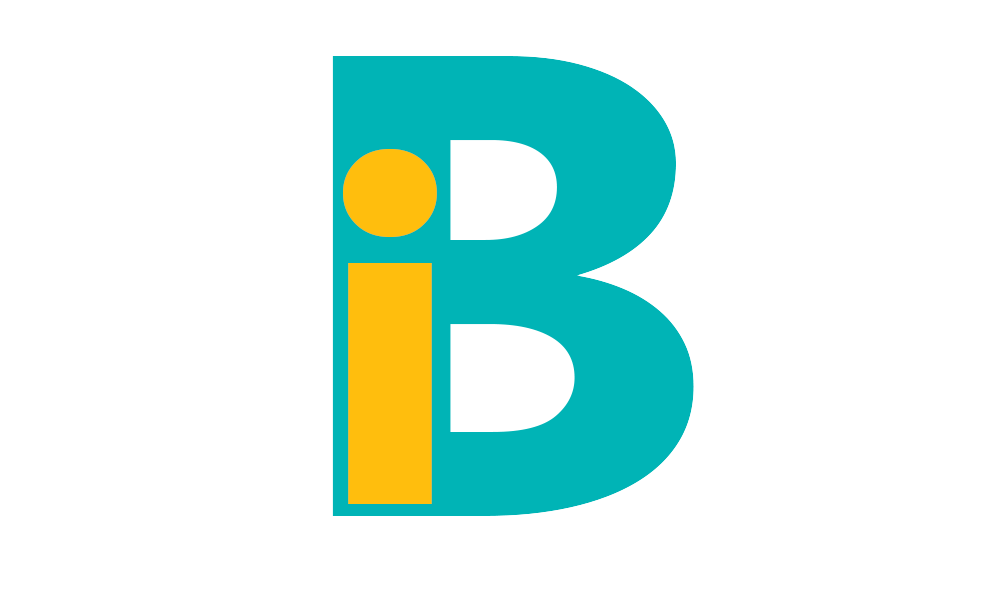





.png?width=742&name=Screenshot%20(4).png)

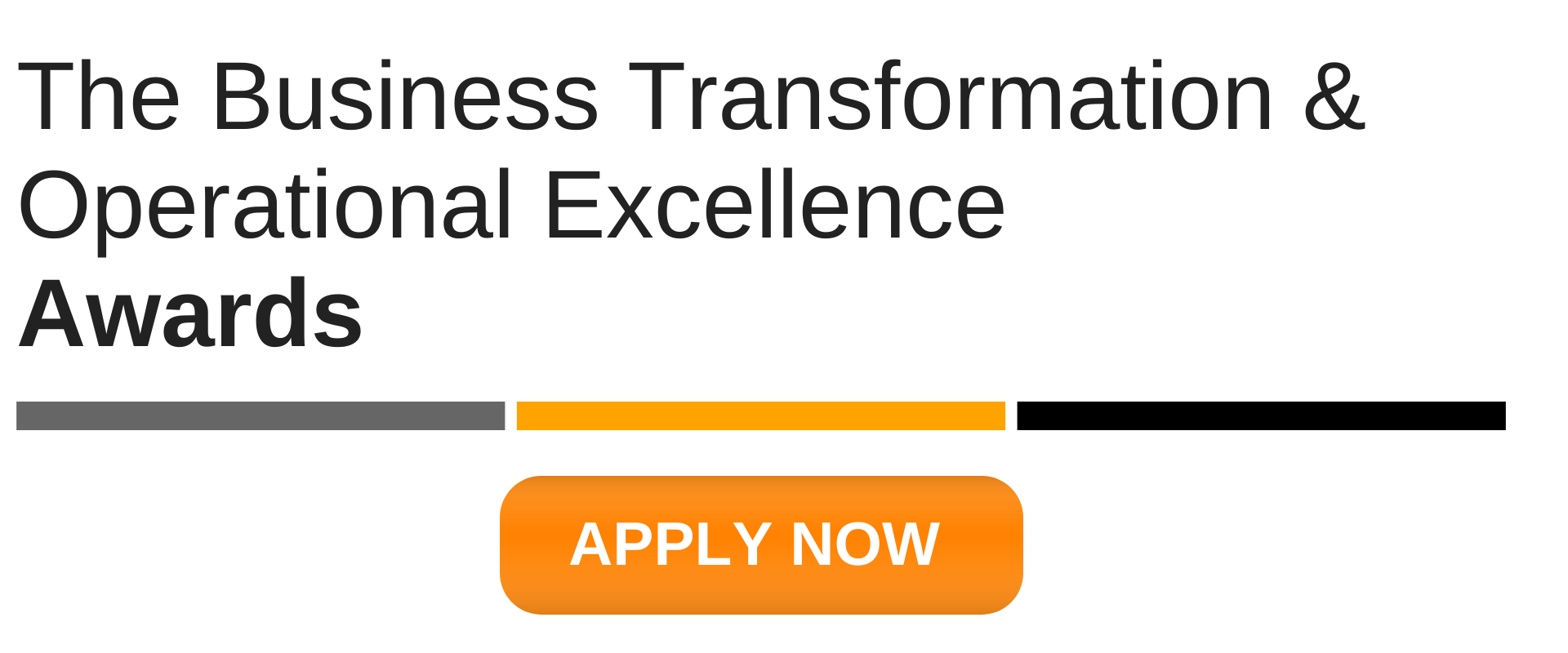

-2.png)
-2.png)
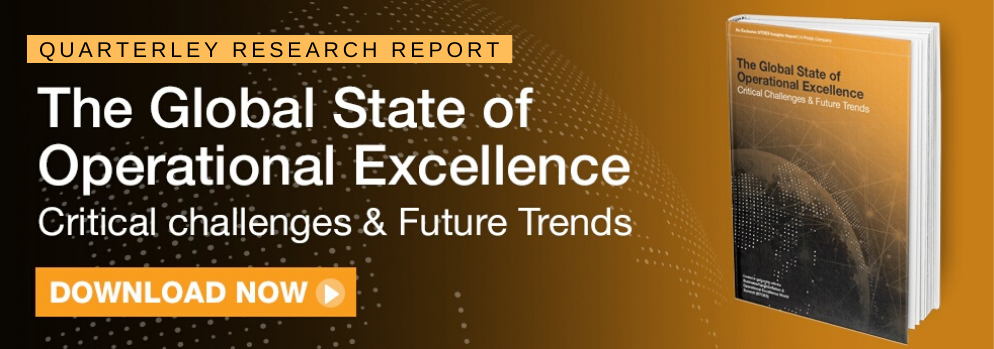

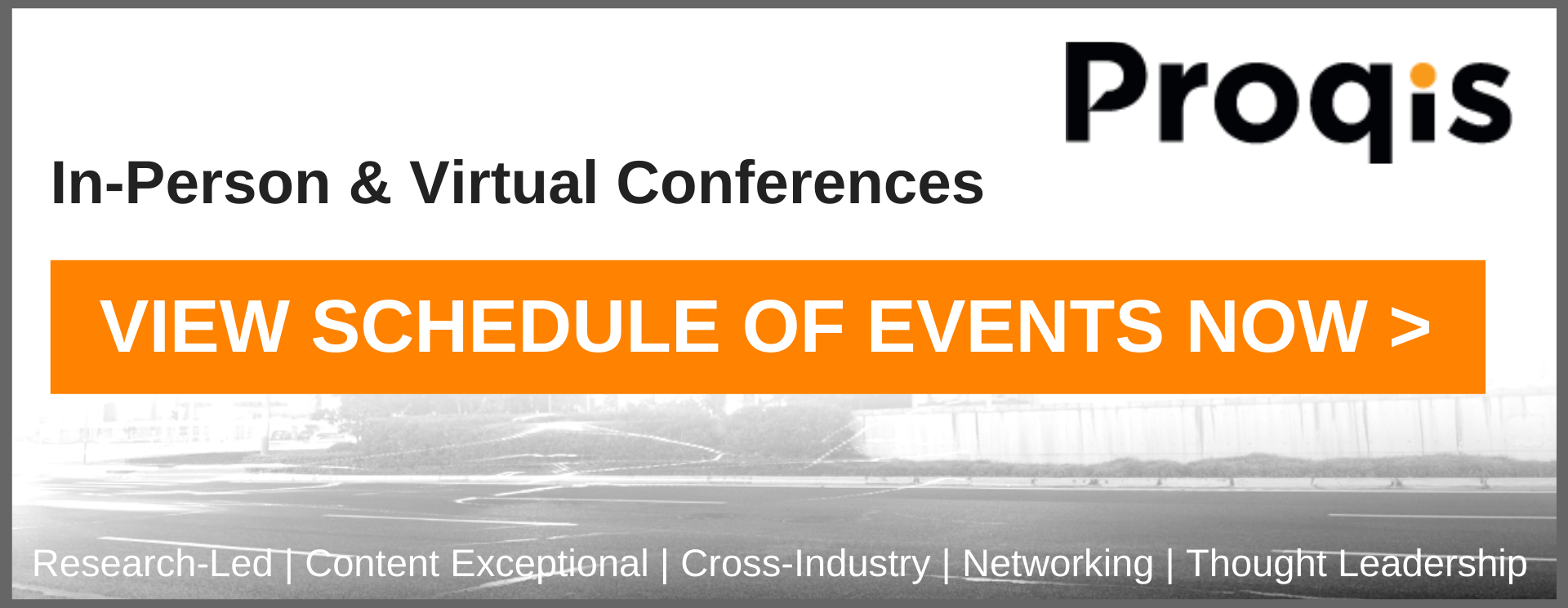


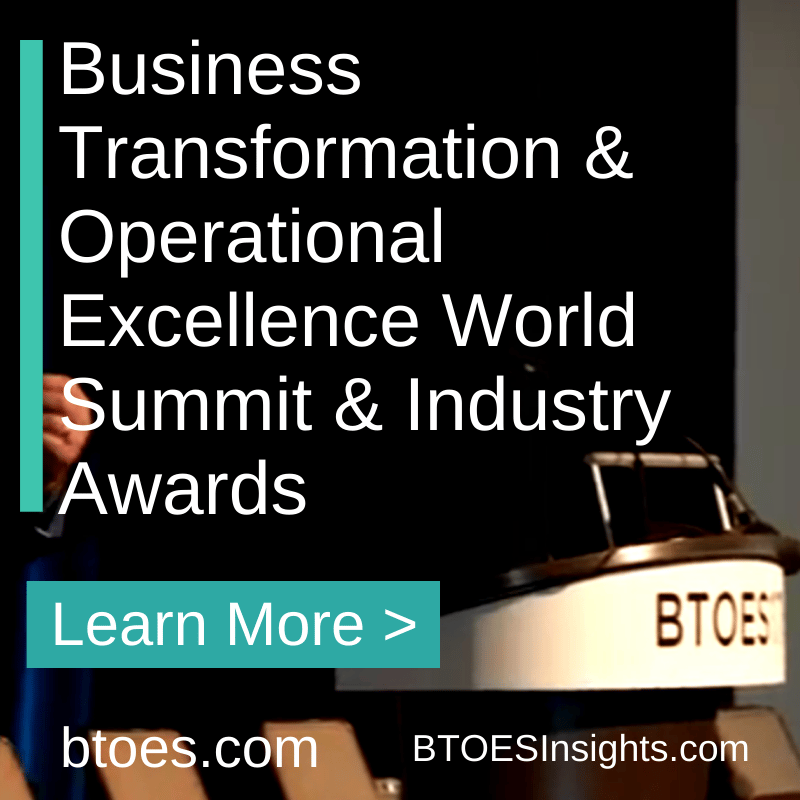
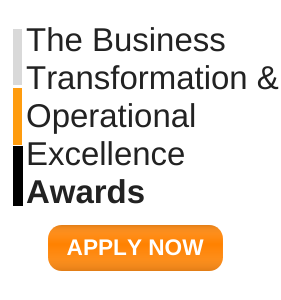

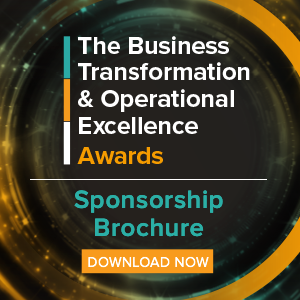


.png)

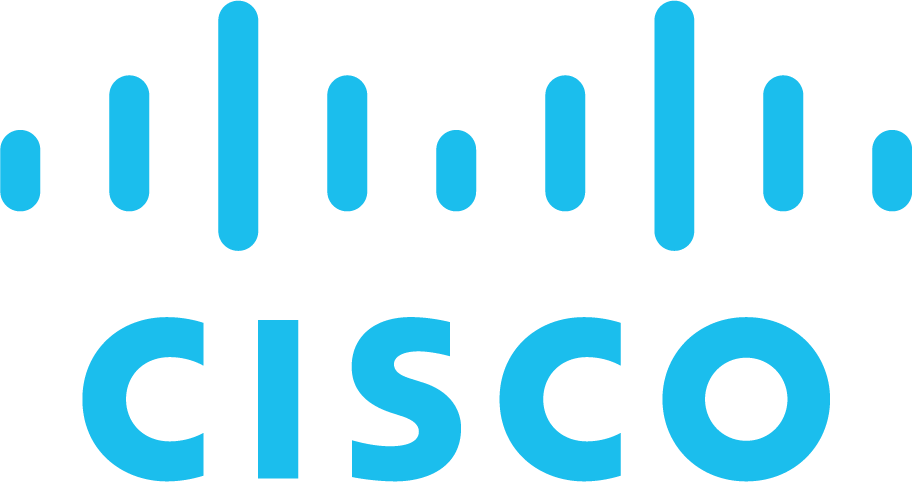
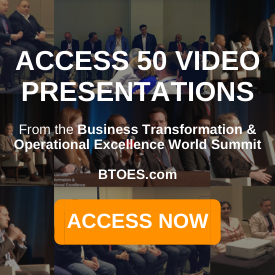
.png)
